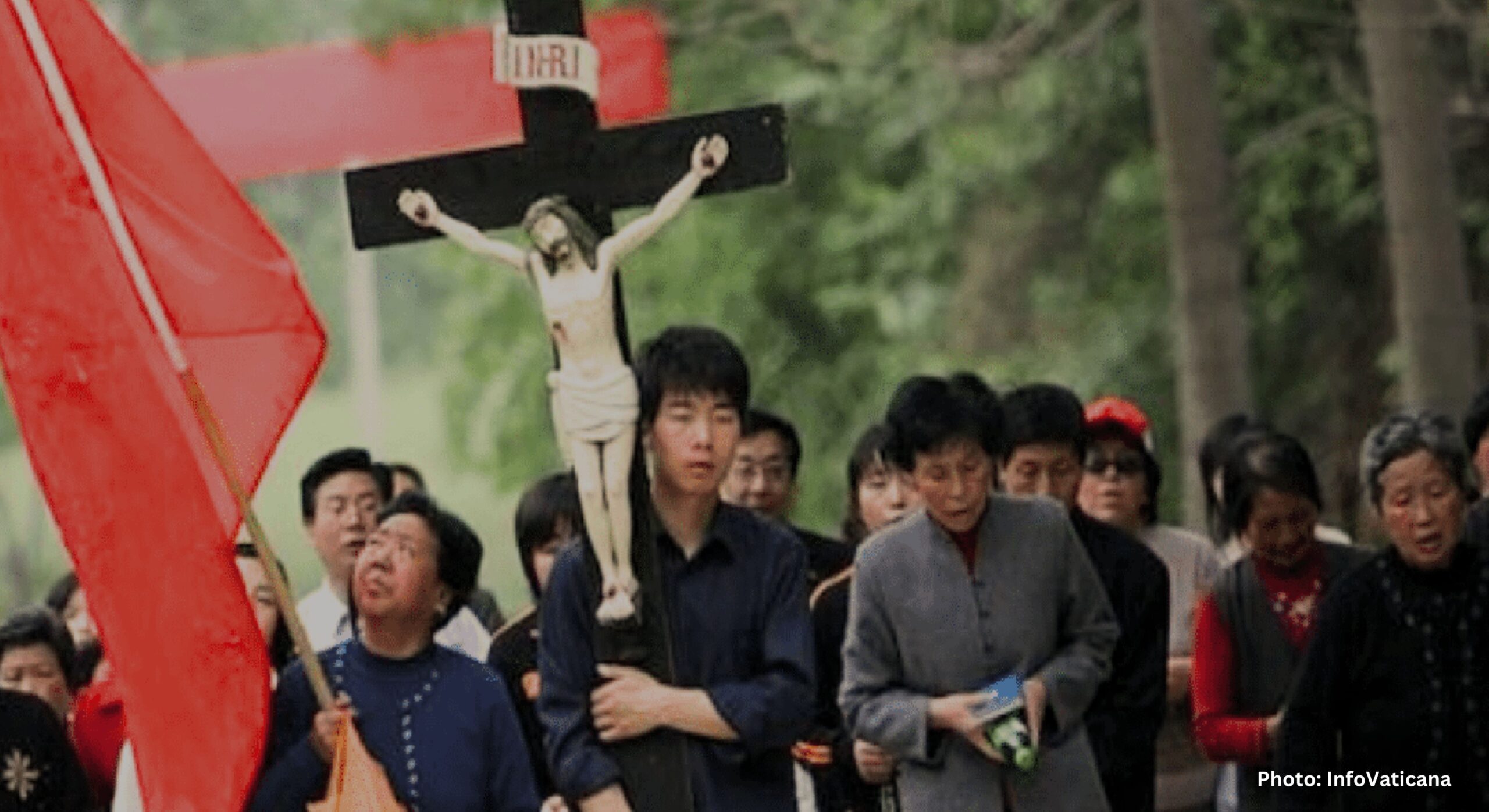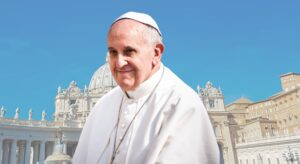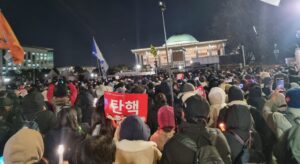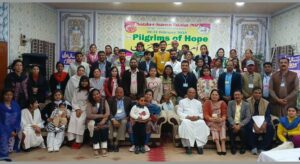Inculturation in East Asia Today: A Summary
- Michael Amaladoss, S.J., Chennai, India

Inculturation, inspired by the Christian doctrine of the Incarnation, refers to the process by which the Word of God becomes embedded in human cultures, transforming them from within. Just as the Word became flesh in Jesus Christ, Christianity believes that the Gospel must be integrated into each culture in order to divinize humanity and bring about transformation. As Christianity spread globally, it adapted to local languages and practices, giving rise to different liturgical traditions. However, during the colonial period, the Latin Church imposed its theological and liturgical frameworks on regions like East Asia, often overlooking local traditions.
Though missionaries like Matteo Ricci in China and Roberto de Nobili in India made efforts to engage with local customs, the Church’s official structures largely remained Latin-centric. The Second Vatican Council (1962-1965) recognized the need for change, permitting the use of local languages in worship and encouraging rituals to be adapted to different cultures. The Council emphasized that while certain elements of the liturgy, such as the use of water in Baptism and the common meal in the Eucharist, are unchangeable, other aspects should be adapted to promote full participation by local communities. This opened the door for potential new rites specific to places like Korea, China, or India.
Despite this openness, the practical implementation of inculturation has been limited. Some regions, such as Congo and India, have made minor adaptations, incorporating local symbols and gestures into Christian rituals, but more significant changes have been resisted. In East Asia, inculturation presents a unique challenge due to the strong influence of cultural traditions like Confucianism, Buddhism, and Taoism. However, there have been efforts to integrate local practices, such as ancestor veneration in China and Confucian ethical values in Korea, into Christian worship. Moving forward, the Church in East Asia must find a balance between preserving the core of the Christian faith and engaging meaningfully with local traditions to create a form of Christianity that is both indigenous and universal.
The Church in the Modern World: Inculturation and its Challenges
The Second Vatican Council’s final document, Gaudium et Spes, provided a comprehensive understanding of culture, describing it as the development of human capabilities through science, industry, and social life while preserving diverse traditions. This perspective laid the foundation for inculturation, where the Church must engage with and enrich various cultural forms while continuing to spread the Gospel. The Council recognized that the universal nature of the Church allows it to enter into meaningful dialogue with diverse cultures and emphasized that the one truth of faith can be expressed in multiple ways.
The term “inculturation” became widely used after the 1970s to describe the process of integrating the Gospel with local cultures. While Protestants use the term “contextualization” for a similar concept, inculturation within Catholicism involves the Gospel being lived within a specific cultural context. It is a holistic approach that recognizes the interconnectedness of culture with all aspects of life, including social and religious traditions.
Agents and Process of Inculturation
The process of inculturation involves both missionaries and local communities. While missionaries introduce the Gospel, it is the local community that ultimately inculturates it by adapting the message to their cultural context. This process requires both the transformation of existing cultural practices and the creation of new Christian communities that reflect the values of love, justice, and fellowship as expressed through the Gospel. Although missionaries play an important role in guiding this process, the primary agents of inculturation are the local people themselves.
What is Inculturated?
The core of inculturation is the Gospel message, but this must be understood in the context of the Church’s 2,000-year history. While the Gospel remains constant, its expression and interpretation can vary across cultures. Theologians have debated how much of the historical synthesis between Christianity and Hellenism should be retained. Pope St. John Paul II, for example, encouraged local traditions like those in India to bring their spiritual resources into dialogue with the Gospel, which suggests that other Asian traditions, such as Taoism and Buddhism, can similarly contribute to Christianity’s expression.
How to Inculturate?
Inculturation must take place within the social, cultural, and religious realities of a given community. The Federation of Asian Bishops’ Conferences (FABC) has framed evangelization in Asia as a “threefold dialogue” with the poor, with cultures, and with living religions. This framework acknowledges that culture is inseparable from social and religious life, and evangelization requires deep engagement with all these dimensions. A local Church emerges through this encounter between the Gospel and a people’s culture, creating a mutually enriching relationship.
The process of inculturation is not just about expressing the Gospel through cultural forms; it also involves understanding and living the faith through the lens of local cultural resources. This dynamic process allows the Church in East Asia to develop a unique form of Christianity that is deeply rooted in its cultural heritage while being part of the universal Christian tradition.
The concept of inculturation, which involves integrating the Christian faith with local cultures, faces significant challenges in East Asia due to the region’s rich cultural traditions and ongoing socio-economic changes. As modernization and historical forces shape societies, the Church must engage deeply with local customs while maintaining its universal mission. This process entails a dynamic interaction where the Church evangelizes while also being enriched by the local culture.
At the socio-cultural level, East Asian cultures, especially those influenced by Confucianism, emphasize community, respect for elders, and relationships based on hierarchy. These values differ from Western individualism, presenting both challenges and opportunities for the Church. Additionally, economic inequality and the marginalization of groups like migrant workers require the Church to advocate for solidarity and justice, aligning with the principles of Minjung theology in Korea. In a region marked by religious diversity, Christianity must work with other faiths to promote socio-economic equality and human rights, finding common ground in improving the lives of the poor.
The Church’s sacramental life also requires deeper inculturation. While Vatican II called for full participation in sacraments, the translation of rites into local languages has not been sufficient. Rituals, particularly the Eucharist, often rely on European traditions that do not resonate with non-Western cultures. For example, the Church mandates the use of bread and wine in the Eucharist, even in regions where these are not common foods. True inculturation would allow local communities to use culturally significant elements, such as rice cakes and tea in Vietnam, to express the essence of the Eucharist.
Furthermore, sacramental rituals, like baptism and marriage, should reflect the cultural identity of local communities. Many East Asian communities already supplement official Church rituals with local customs that hold more significance for them. While common symbolic actions like the washing of water or the sharing of a meal exist across cultures, there is a lack of official integration of these local elements into Church rituals.
For real inculturation to occur, the Church must distinguish between the divinely instituted aspects of sacraments and those that can be adapted. This flexibility would allow local communities to create rituals that resonate with their cultural symbols, emphasizing the communal and spiritual significance of actions like shared meals, while maintaining the core meaning of Christian sacraments.
Conclusion
True inculturation requires a transformation in how we view God and religion. God is not distant, waiting for us to deny ourselves and reach out, but has entered the world in Jesus Christ, inviting us to transform and divinize both ourselves and our world. We must embrace the gifts of our lives, cultures, languages, and world, recognizing that God speaks to us in our own contexts. Inculturation continues the mystery of the incarnation, as the new world that Christ seeks to bring about will be shaped by the diverse cultures and peoples of the world, not by imposing a Euro-American model.
As the Book of Revelation reminds us: “See, the home of God is among mortals. He will dwell with them as their God; they will be his peoples, and God himself will be with them; he will wipe every tear from their eyes. Death will be no more; mourning and crying and pain will be no more, for the first things have passed away.” And the one who was seated on the throne said, “See, I am making all things new.” (Rev. 21:3-5)
This vision calls for an inculturated Church that embraces the fullness of life and faith in each unique cultural context.*




